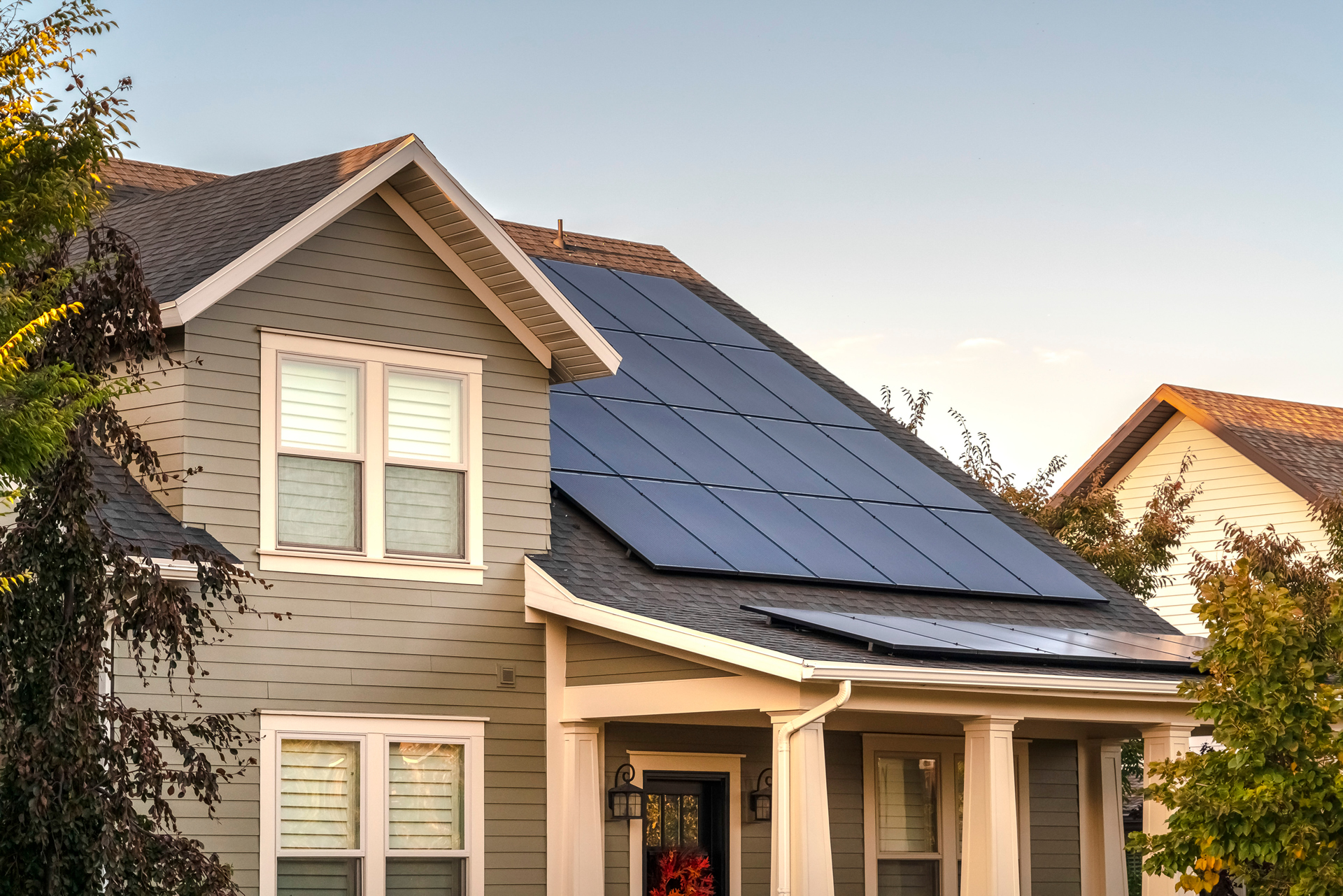About the Author

Roofmasters
30+ Years
Rooted in experience and built on trust, we deliver high-quality roofing, solar, and gutter solutions that safeguard your property and elevate its long-term value.
Do Solar Reflective Shingles Really Save You Money on Energy Bills?
Introduction
When it comes to making your home more energy-efficient, the roof over your head plays a bigger role than you might think. Solar reflective shingles, also known as “cool roof shingles,” have been gaining attention among homeowners looking to reduce indoor temperatures and lower energy bills. But do they actually deliver on those savings? Let’s dig into what solar reflective shingles are, how they work, and whether they’re a smart investment for your home.

What Are Solar Reflective Shingles?
Solar reflective shingles are designed with special granules that reflect more sunlight and absorb less heat than standard roofing materials. Traditional shingles can reach surface temperatures of 150°F or more in direct sun. Reflective shingles, on the other hand, stay significantly cooler by reflecting infrared and UV radiation.
They’re typically made from asphalt like regular shingles, but with reflective pigments and coatings that give them energy-saving properties. These shingles are recognized by programs like ENERGY STAR, which means they meet specific standards for solar reflectance and energy efficiency.
How Do They Save Energy?
The main way solar reflective shingles save energy is by reducing the amount of heat transferred into your attic and living spaces. Less heat entering the home means your air conditioning system doesn’t have to work as hard, especially during hot summer months.
The result? Lower cooling costs and reduced strain on your HVAC system. In some cases, homeowners have reported cooling cost reductions of 10% to 20%, depending on climate, roof orientation, and attic insulation.
Real-World Factors That Affect Savings
While solar reflective shingles can contribute to energy savings, how much you actually save depends on several real-world factors:
1. Climate
If you live in a hot, sunny region like California, Arizona, or Texas, the potential energy savings are much greater than in cooler northern climates. In warm areas, roofs get hotter and stay hotter longer—making reflective shingles more impactful.
2. Roof Orientation and Slope
Roofs that receive more direct sunlight throughout the day will benefit the most from reflective shingles. A south- or west-facing slope in full sun will experience more cooling benefits than a shaded, north-facing slope.
3. Attic Insulation and Ventilation
Reflective shingles work best when paired with proper attic insulation and ventilation. If your attic traps heat, your cooling system will still work overtime even with reflective shingles. Consider them part of a full energy efficiency strategy.
4. Shingle Color and Product Type
Light-colored shingles typically reflect more sunlight than darker ones, but modern reflective shingles come in a wide range of colors with improved technology. Be sure to check the Solar Reflectance Index (SRI) rating when comparing products.
5. Roofing System Design
Savings can also vary based on the overall roofing system. Roof decks, underlayments, and radiant barriers all play a role in how heat transfers into your home. Reflective shingles are more effective when part of a well-designed roofing system.
Cost Considerations
Solar reflective shingles are typically more expensive than standard asphalt shingles—usually by $0.50 to $1.00 more per square foot. However, that upfront cost can be offset over time through lower energy bills and potentially longer roof life due to reduced heat stress.
Incentives like ENERGY STAR rebates or local utility incentives may also help lower your initial investment. Be sure to check with your contractor and local utility provider for available programs.
Do They Work in Cold Climates?
A common concern is whether reflective shingles are still beneficial in colder climates. While they won’t reduce heating bills, they also won’t significantly raise them. In fact, the savings during cooling months usually outweigh any minimal increase in winter heating costs.
That said, homeowners in colder areas might prioritize insulation upgrades or high-performance windows before investing in reflective shingles.
Installation Considerations
Installing solar reflective shingles is similar to standard roofing. They’re nailed in place and layered like traditional asphalt shingles. However, proper installation is key to maximizing performance. Hire a certified roofing contractor who has experience with energy-efficient materials and understands how to integrate them into your full roofing system.
Make sure your contractor:
- Uses matching reflective ridge caps and accessories
- Addresses attic ventilation needs
- Seals roof penetrations correctly
Are They Worth It?
If your roof is due for replacement and you live in a warm climate, solar reflective shingles are a smart, energy-conscious upgrade. They’re especially worthwhile if:
- You use your AC frequently during the year
- Your roof gets lots of direct sun
- Your attic is poorly insulated or ventilated
- You plan to stay in your home long enough to see long-term savings
On the other hand, if you live in a cooler region and rarely use air conditioning, the ROI may be slower. In that case, reflective shingles should be considered alongside other energy upgrades like insulation or ventilation improvements.
Final Thoughts
Solar reflective shingles can absolutely save you money on energy bills—but the amount depends on your home, your climate, and how they’re installed. For homeowners in hot climates with aging roofs, the potential benefits are clear. Combined with other energy efficiency upgrades, reflective shingles offer a simple way to cut cooling costs and reduce your home’s environmental impact.
As always, talk to a qualified roofing contractor to evaluate whether reflective shingles make sense for your specific home. With the right setup, they’re not just a cooler roof—they’re a smarter one.
Need a Professional Opinion?
Contact our expert roofing team today for a free inspection and quote!





